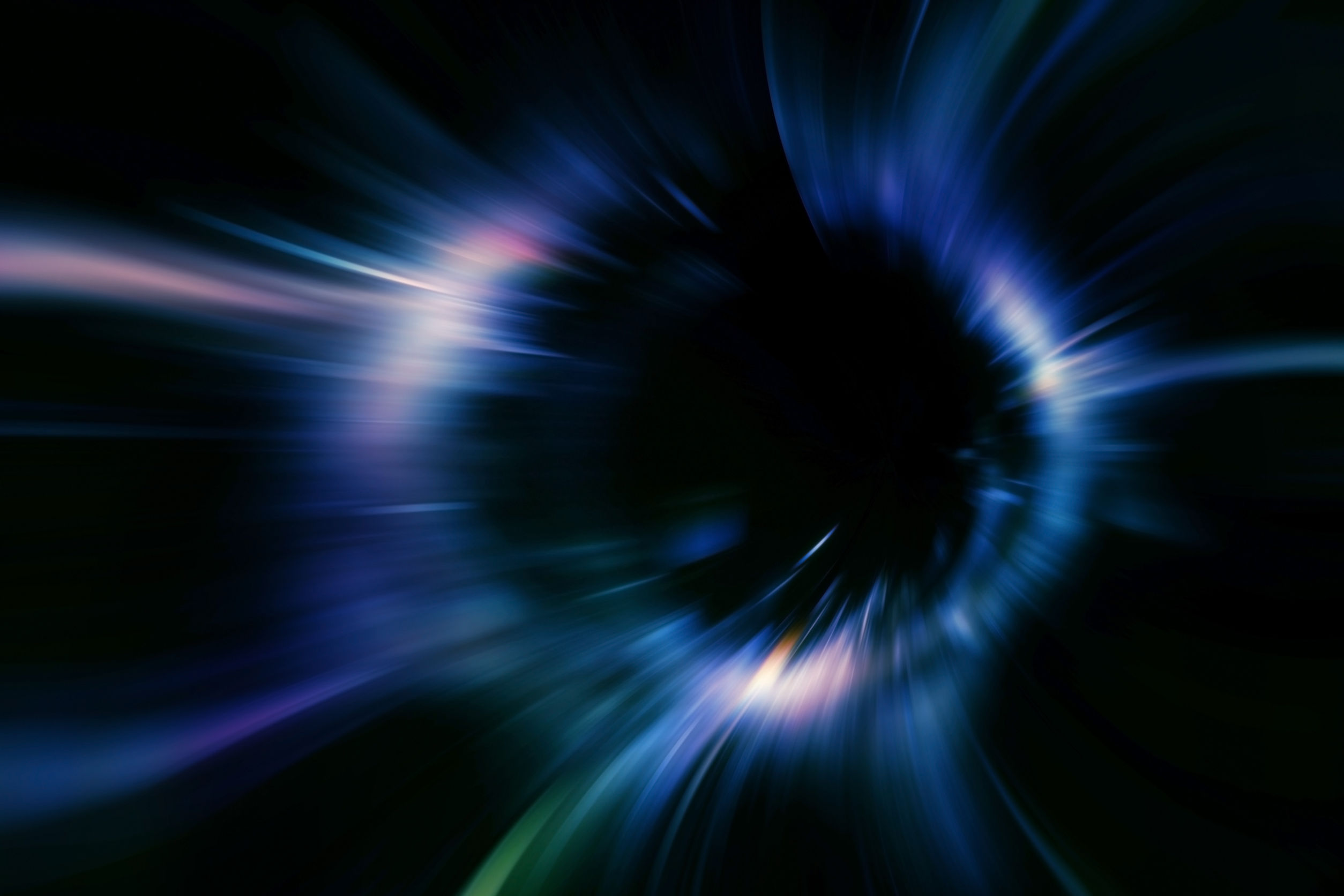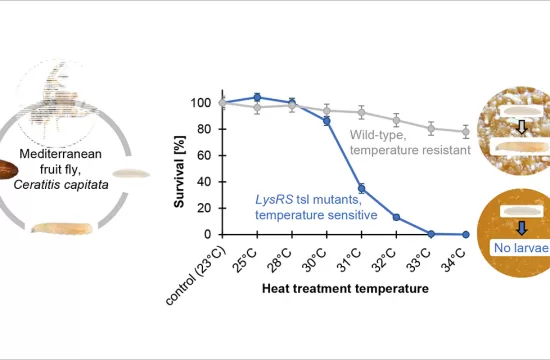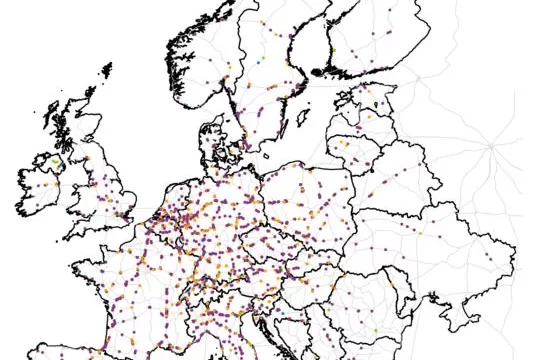Supersonic gas streams left over from the Big Bang likely gave rise to early massive black holes.

Credit : aimy27feb | 123rf
The mechanisms that drive black hole formation and growth are poorly understood. An international team of researchers has identified a promising explanation: supersonic gas streams left over from the Big Bang.
Supercomputer simulations of the young universe show how fast-moving gas streams could have dynamically interacted with dark matter to create the right conditions for massive black holes to form. Those massive black holes likely seeded even larger supermassive black holes, according to a study published in the journal Science.
“This is significant progress,” says astrophysicist Naoki Yoshida of the Kavli Institute for the Physics and Mathematics of the Universe. “The origin of the monstrous black holes has been a long-standing mystery and now we have a solution to it.”
Theoretical studies have suggested early black holes, located 13 billion light years away, formed from remnants of the first generation of stars, or from a direct gravitational collapse of a massive primordial gas cloud. However, supermassive black holes can’t form fast enough, or require very particular conditions, for these theories to work.
Yoshida and collaborators at The University of Texas at Austin and the University of Tübingen in Germany ran simulations of the early universe, beginning with the initial conditions that are determined from observations of the early universe. Then they let the simulations play out. For the first 100 million years after the Big Bang, gas streams were moving faster than the speed of sound, preventing gas condensation into smaller stars. This meant the gas could be available for the much larger star growth required for black hole formation. Then, the streams were caught by dark matter, causing them to morph into a dense, turbulent cloud. A star formed and rapidly grew, gobbling up the plentiful gas particles in the cloud. When it reached a mass 34,000 times larger than the sun, it collapsed, leaving behind a massive black hole.
These conditions enabled the star to grow rapidly without releasing a lot of radiation, the key factor for success. A build up and release of radiation would have repelled gas and thus slowed the star’s growth, preventing it from becoming a black hole.
It is expected that once the massive black holes formed, they grew and merged together into supermassive black holes, explains Yoshida. While there are other theories about black hole formation, the researchers are encouraged that they are on the right track because the supercomputer simulation results match real observations. For example, the abundance of massive black holes produced by the simulation was “remarkably close to the observed number density of supermassive black holes,” says astrophysicist Shingo Hirano of The University of Texas at Austin.
The group looks forward to learning more about these early black holes as new space-based observations are made, such as by NASA’s James Webb Space Telescope, slated to launch in 2018.






